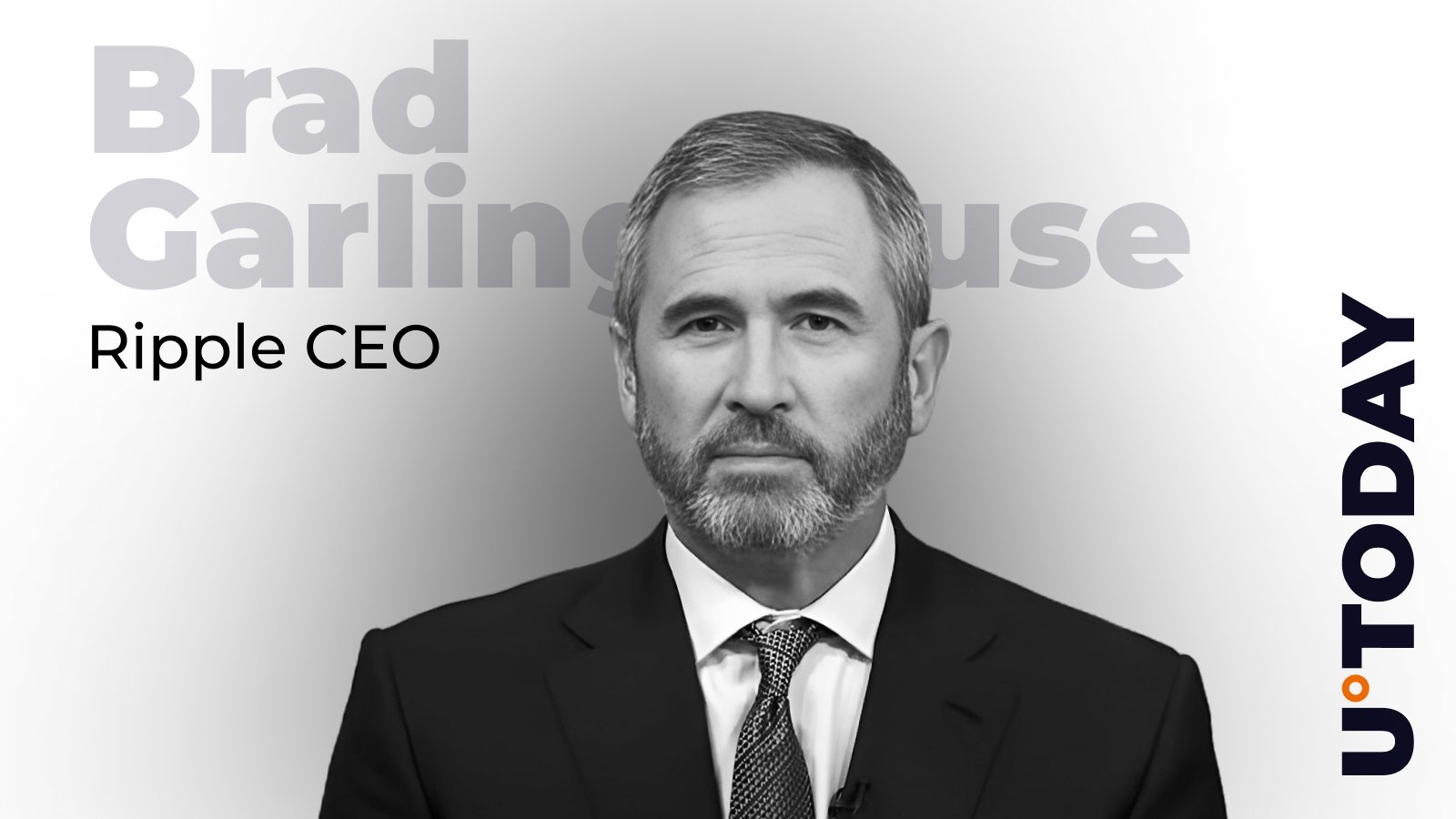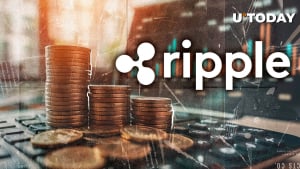In 2017, Ripple announced its decision to lock up billions of XRP cryptocurrency inside dozens of smart contracts designed to hold value in escrow.
Reacting to concerns that it might flood the market with XRP, Ripple transferred 55 billion of its 80 billion XRP tokens into an escrow account in 2017, from which it could release a maximum of one billion tokens per month.
This was intended to aid the transparency and predictability of XRP sales. XRP tokens held in escrow are considered “undistributed,” with the rest accounting for the circulating supply. Any unsold tokens are returned to escrow and redistributed at a later date.
In a recent tweet, XRP enthusiast Bill Morgan highlighted Ripple CEO Brad Garlinghouse’s post announcing XRP escrow from around eight years ago, in 2017.
In the tweet, Garlinghouse explained the purpose of the escrow, noting that it was “good for supply predictability and trusted, healthy XRP markets.”
What’s happening now?
Data from XRP Ledger explorer XRPScan provides insight into XRP’s current distribution. XRP’s maximum supply is 100,000,000,000 XRP, with the total available being 99,985,835,620 XRP. The current circulating supply is 64,363,269,902 XRP, while a total of 14,164,380 XRP have been burned.
XRP burns occur natively via transaction fees on XRP Ledger. Each transaction includes a small amount of XRP that is permanently destroyed, which helps with spam prevention and network efficiency.
A total of 35,608,401,338 XRP tokens are escrowed according to XRPScan, while XRP active accounts are nearing seven million at 6,837,166. The current XRP Ledger count is 98,108,655.
At press time, XRP was trading at $3.11, having reached a high of $3.66 on July 18.

